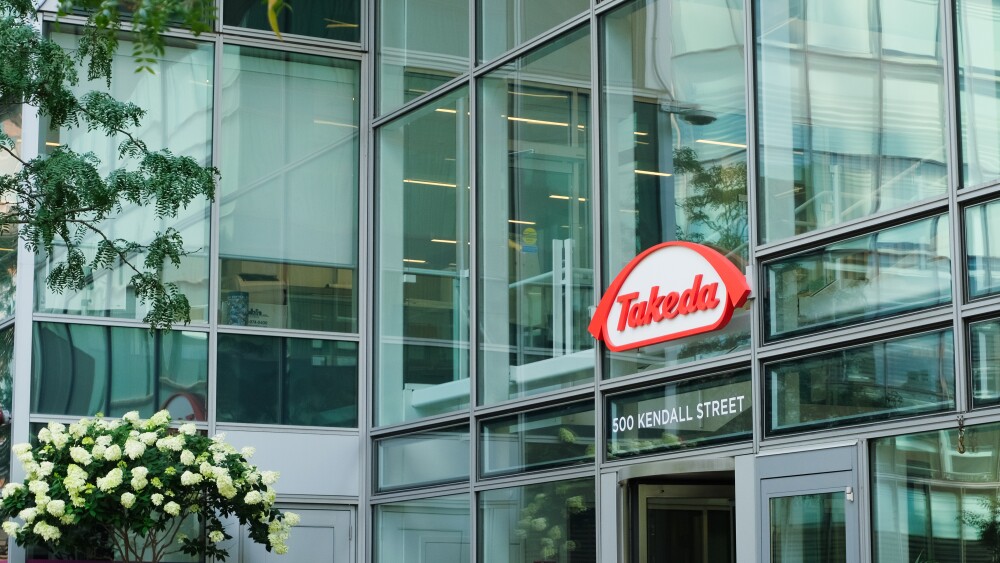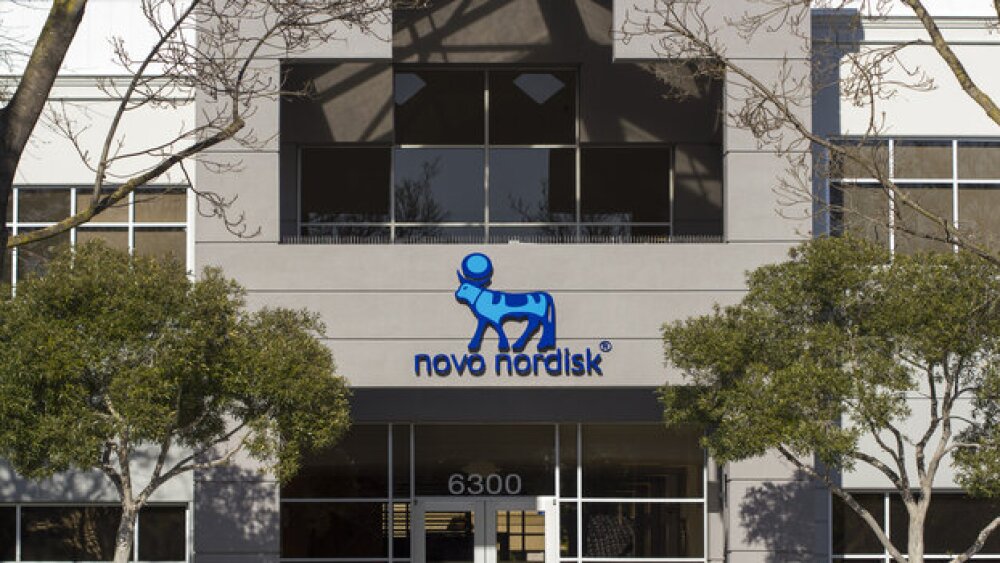Data from the OCARINA II trial shows that a 10-minute subcutaneous injection of Ocrevus achieves similar pharmacokinetics as the typical hours-long intravenous infusion in multiple sclerosis patients.
Pictured: Roche building in its headquarters in Switzerland/iStock, olli0815
Data from the Phase III OCARINA II trial showed that the subcutaneous formulation of Genentech’s Ocrevus (ocrelizumab) met the study’s primary endpoint, eliciting a similar pharmacokinetic profile as its intravenous formulation in patients with multiple sclerosis, the company announced Thursday.
Genentech, a Roche company, did not present specific and detailed data in its news release but said that over 12 weeks of observation multiple sclerosis (MS) patients given a subcutaneous injection of Ocrevus achieved non-inferior levels of the medicine in the blood, as compared with participants who were dosed intravenously.
Further, Ocrevus’ subcutaneous formulation was just as good as the intravenous infusion at controlling brain lesion activity, as evaluated by magnetic resonance imaging. The injection’s safety profile was also consistent with that of the intravenous formulation.
The company will take these data to domestic and overseas regulatory authorities, as well as submit them for presentation at an upcoming medical meeting.
These data will provide MS patients the ability to benefit from Ocrevus “in the way best suited to their lives while freeing up time and healthcare resources,” Levi Garraway, Genentech ‘s chief medical officer, said in a statement.
Ocrevus is a humanized monoclonal antibody that specifically targets B cells expressing the CD20 protein on their surfaces. In MS, this subgroup of immune cells contributes to nerve damage, in turn leading to the disease’s hallmark disability symptoms.
Genentech landed its first regulatory win for Ocrevus in March 2017. Originally, Ocrevus infusions would take 3.5 hours and would be given twice a year. In December 2020, following a supplemental FDA approval, the company was able to shorten this infusion time to 2 hours for patients with relapsing and primary progressive MS.
In OCARINA II, however, the subcutaneous Ocrevus injection was only administered for 10 minutes. To achieve a shorter treatment time, Genentech turned to the proprietary platform of California biotech Halozyme, whose ENHANZE technology leverages a recombinant human hyaluronidase PH20 enzyme, which enables large-volume subcutaneous injections.
ENHANZE allows some biologics and small molecule drugs that are typically given intravenously to be administered subcutaneously, according to Halozyme’s website.
Ocrevus’ subcutaneous formulation is still dosed two times a year.
If approved, Ocrevus subcutaneous injection could open the possibility of offering the treatment “in additional MS centers without IV infrastructure or with IV capacity constraints,” Halozyme CEO Helen Torley said in a statement Thursday.
Tristan Manalac is an independent science writer based in metro Manila, Philippines. He can be reached at tristan@tristanmanalac.com or tristan.manalac@biospace.com.






